Wisak Tree
- October 28, 2024
- 0 comment
The Wisak Tree plays a vital role in ecosystems by contributing to biodiversity and environmental health. With its unique characteristics and wide-ranging habitat, this tree provides essential services like soil stabilization, shelter for wildlife, and enhancement of soil fertility.
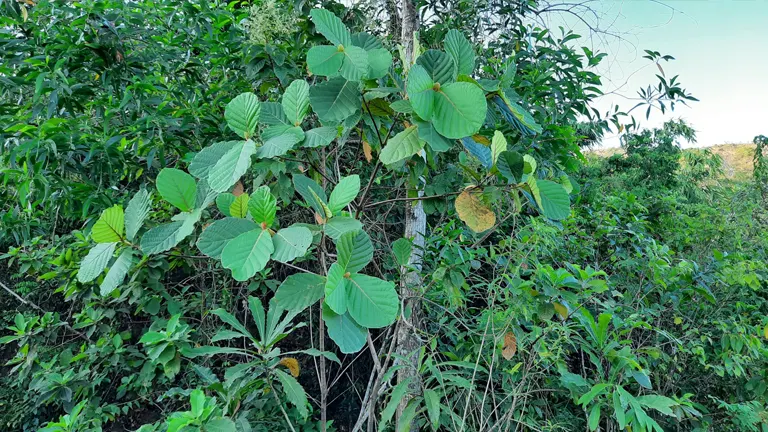
The Wisak Tree holds significance within the botanical world due to its adaptability and ecological contributions, making it an important species in regions where it thrives.
What Is a Wisak Tree?
The Wisak Tree refers to a variety of trees within the [insert appropriate plant family], recognized for their distinct features, such as broad leaves, thick bark, and often striking flowers. The scientific name of the Wisak Tree is [insert scientific name here], placing it within the larger botanical classification of [plant order]. Its leaves are typically broad and green, with a thick bark that helps it withstand harsh environmental conditions.
One interesting aspect of the Wisak Tree is its ability to improve soil health by fixing nitrogen or adding organic matter through leaf litter. This characteristic makes the tree valuable in regions where soil quality is low, helping to enrich the environment for other plants. The Wisak Tree is also known for its long lifespan, often surviving for several decades, and in some cases, even longer under ideal conditions.
| Specification | Details |
|---|---|
| Scientific Name | Barringtonia asiatica |
| Common Names | Botong Tree, Sea Poison Tree, Fish Poison Tree |
| Family | Lecythidaceae |
| Native Range | Southeast Asia, Pacific Islands, South Asia |
| Tree Height | 7 to 20 meters |
| Bark | Greyish, smooth to slightly rough |
| Leaves | Large, glossy, leathery; about 20-40 cm long |
| Flowers | Large, white with pink stamens; fragrant and bloom at night |
| Fruit | Box-like, fibrous, floating fruits (5-10 cm in size) |
| Seed Dispersal | Waterborne, floating on tides |
| Preferred Climate | Tropical, coastal, saline environments |
| Soil Type | Sandy or rocky soils, tolerates salinity |
| Ecological Role | Coastal stabilization, erosion control, habitat for wildlife |
| Traditional Uses | Medicinal purposes, fishing poison, wood for construction |
| Conservation Status | Not endangered, but vulnerable to habitat loss and coastal development |
| Flowering Period | Year-round, peaks in warm seasons |
| Root System | Extensive, adapted for coastal areas, supports soil stability |
Different Types Species of Wisak Tree
The Wisak Tree family includes several notable species, each adapted to specific environmental conditions. Common species include:
Wisak Grandis
Known for its towering height and wide canopy, this species is often found in tropical forests.
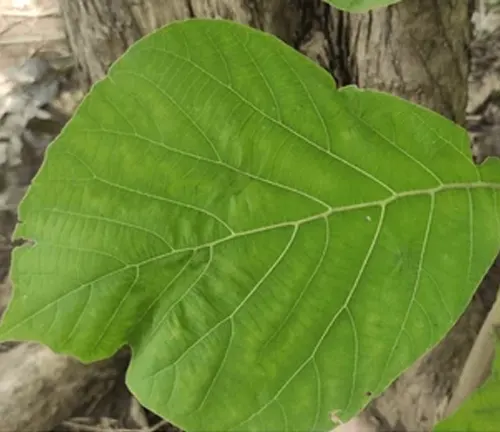

Wisak Minor
A smaller species that thrives in arid regions, recognized by its drought-tolerant adaptations.
Wisak Pendula
Characterized by its weeping branches and ability to grow in both subtropical and temperate regions.
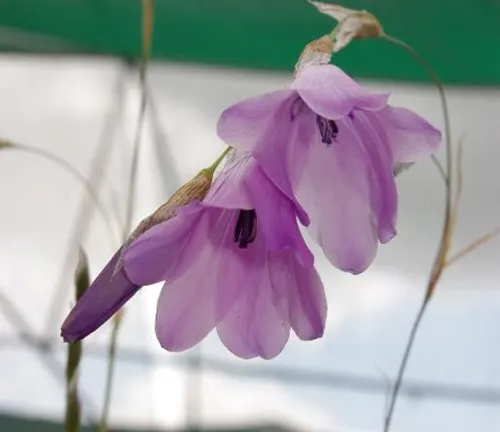
Each species of the Wisak Tree can vary in appearance and size, from small, shrub-like trees to large, towering giants. Their ecological role, however, remains consistent, with each contributing to the environment by providing shelter for animals, stabilizing soil, and promoting biodiversity in their native regions.
Where Do Wisak Trees Grow?
The Wisak Tree is native to various climates, ranging from tropical rainforests to dry savannas. Its adaptability allows it to flourish in different geographical regions, including parts of Africa, Asia, and the Americas. In tropical environments, the tree grows rapidly and forms part of the forest canopy, while in drier climates, it develops deeper root systems to access water, enabling it to survive in arid conditions.
These trees are often found in regions with well-drained soils but can also adapt to less-than-ideal conditions. Their ecological role in these habitats includes stabilizing soil to prevent erosion, especially in hilly or flood-prone areas, and offering shade and shelter to both plant and animal species that share its ecosystem.
How to Grow and Care for Wisak Tree
Growing a Wisak Tree at home or in gardens can be relatively simple, provided that the tree’s needs are met. Here are key factors to consider:

- Soil Type: The Wisak Tree prefers well-drained, nutrient-rich soil, though some species can tolerate poorer soils.
- Watering: While young trees require regular watering, mature Wisak Trees are often drought-tolerant. Ensure the soil remains moist during the tree’s early growth stages.
- Sunlight: Full sunlight is ideal, but some species can thrive in partial shade.
- Propagation: The Wisak Tree can be propagated either by seeds or cuttings. Seed propagation is generally more common, but cuttings may be used for faster establishment.
- Maintenance: Regular pruning helps maintain the tree’s shape and removes any dead or diseased branches. Watch for common pests like aphids or fungal diseases, which can be controlled with organic or chemical treatments.
Ecological Benefits of Wisak Tree
The Wisak Tree is a cornerstone of many ecosystems. By improving soil quality and preventing erosion, it supports the health of the surrounding environment. Its leaf litter decomposes to form rich organic material, contributing to soil fertility and helping other plants grow. Additionally, the tree provides a habitat for various animals and insects, promoting biodiversity.
In areas prone to erosion, the Wisak Tree’s root system helps bind the soil together, reducing the risk of landslides or the loss of fertile topsoil. Its ability to fix nitrogen or enhance soil nutrients makes it an essential part of agricultural ecosystems where soil health is crucial.
Wisak Tree Flowering and Pollination
The Wisak Tree produces flowers at specific times of the year, depending on the species and local climate. Its blooms are typically large and fragrant, with colors that range from white to vibrant pinks and yellows. These flowers play a key role in the tree’s reproduction, attracting pollinators such as bees, birds, and butterflies.
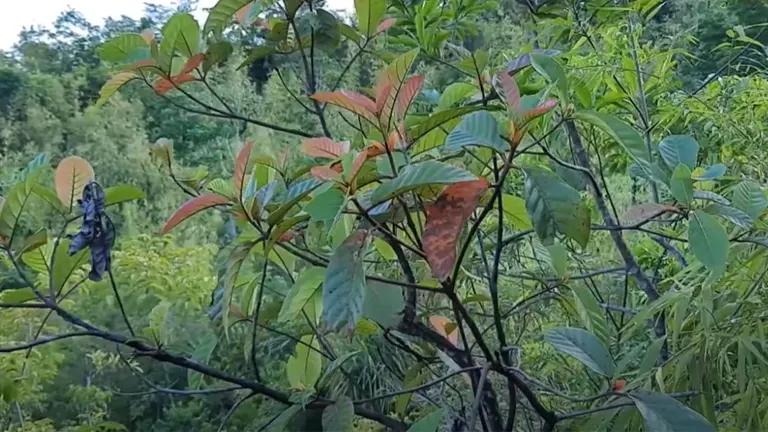
Pollination occurs as these animals transfer pollen between flowers, ensuring the development of seeds. In turn, these seeds provide food for small animals or spread to new locations, allowing the Wisak Tree to propagate naturally in the wild.
Is Wisak Tree Drought-Tolerant?
Yes, many species of the Wisak Tree are highly drought-tolerant, especially those found in arid or semi-arid regions. These trees have adapted to survive in areas with limited water by developing deep root systems that tap into underground water sources. Their thick bark also helps reduce water loss during extreme heat.
For gardeners in dry regions, the Wisak Tree can be a great choice due to its resilience. Minimal watering is needed once the tree is established, making it a sustainable option for water-scarce environments.
Wisak Tree and Wildlife Interactions
The Wisak Tree supports a wide variety of wildlife, acting as both a shelter and a food source. Birds often nest in its branches, while smaller animals, such as insects, live within its bark or roots. In some ecosystems, the tree’s flowers are an important source of nectar for pollinators, and its fruits or seeds provide sustenance for animals like squirrels and birds.
Symbiotic relationships can also occur, such as ants that protect the tree from herbivorous insects in exchange for shelter. These interactions help maintain a balanced ecosystem, highlighting the Wisak Tree’s integral role in supporting local wildlife.
Final Thoughts: The Importance of Wisak Tree in Nature
The Wisak Tree is a crucial species in its native environments, offering numerous ecological benefits. From improving soil health to supporting local wildlife, this tree plays an essential role in maintaining ecosystem balance.
Its ability to adapt to different climates and provide environmental services makes it a valuable asset in efforts to conserve biodiversity and combat environmental degradation. As an important tree in both natural and cultivated landscapes, the Wisak Tree continues to contribute to the health of our planet’s ecosystems.
Frequently Asked Questions (FAQs)
- What is the scientific name of the Wisak Tree?
The scientific name is Barringtonia asiatica. - Where is the Wisak Tree commonly found?
It is native to Southeast Asia, Pacific Islands, and South Asia, mainly in tropical coastal areas. - What are the key features of the Wisak Tree?
It has large, glossy leaves, greyish bark, fragrant night-blooming white flowers with pink stamens, and box-like, floating fruits. - How tall does the Wisak Tree grow?
It typically grows between 7 and 20 meters tall. - What role does the Wisak Tree play in its environment?
It helps stabilize coastal areas, prevent erosion, and provides habitat for wildlife. - How are Wisak Tree seeds dispersed?
The seeds are waterborne, floating on tides to spread across coastal areas. - Can the Wisak Tree tolerate salty soils?
Yes, it thrives in sandy or rocky soils and tolerates high salinity. - Is the Wisak Tree used by local communities?
Yes, it has traditional uses in medicine, as fishing poison, and for its durable wood in construction.


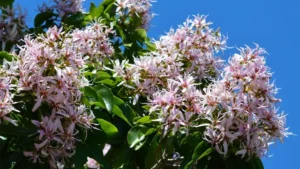
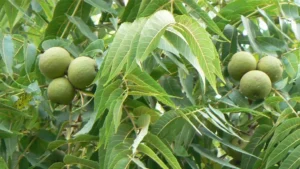
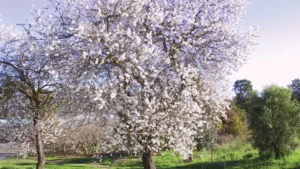
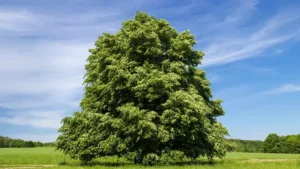
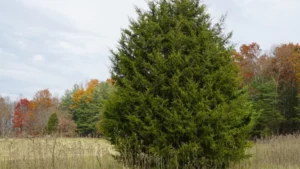
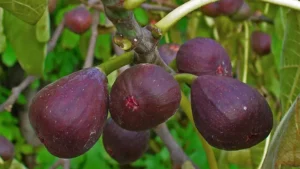
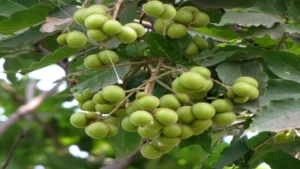
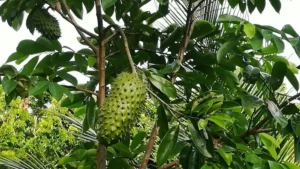

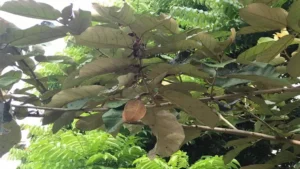
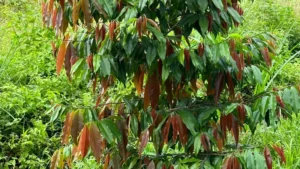
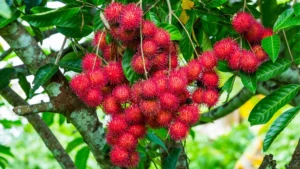
Leave your comment